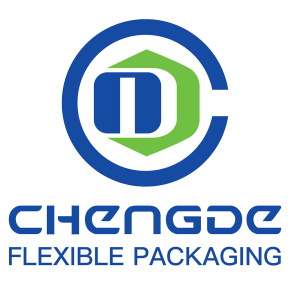The Rise of Biodegradable Flexible Packaging: Sustainable Solutions for Modern Needs
Release time:
2025-04-26
In recent years, the packaging industry has seen a significant shift towards sustainability, particularly with the emergence of biodegradable flexible packaging. This innovative packaging option is designed to break down naturally in the environment, reducing the amount of waste that accumulates in landfills and oceans. Unlike traditional plastic materials, which can take hundreds of years to deco
In recent years, the packaging industry has seen a significant shift towards sustainability, particularly with the emergence of biodegradable flexible packaging. This innovative packaging option is designed to break down naturally in the environment, reducing the amount of waste that accumulates in landfills and oceans. Unlike traditional plastic materials, which can take hundreds of years to decompose, biodegradable flexible packaging is crafted from materials that are engineered to decompose more rapidly when exposed to natural environmental conditions.
One of the primary benefits of biodegradable flexible packaging is its minimal environmental impact. As consumers become more aware of the implications of plastic waste, they are actively seeking products that align with their values. By utilizing biodegradable options, businesses can not only meet consumer demand but also enhance their brand image by showcasing a commitment to sustainability.
Biodegradable flexible packaging comes in a variety of forms, including bags, wraps, and pouches. These products are suitable for a wide range of applications, from food packaging to consumer goods. For instance, many food manufacturers are beginning to adopt this type of packaging to prolong freshness while ensuring that their products do not contribute to long-term waste. Moreover, biodegradable flexible packaging can often be customized to fit specific branding and design needs, providing businesses with a versatile solution without compromising on aesthetics.
Another important aspect to consider is the regulatory landscape surrounding packaging materials. As governments worldwide implement stricter regulations on plastic usage, more companies are looking to incorporate biodegradable flexible packaging into their operations to ensure compliance. Transitioning to these sustainable options not only helps businesses avoid potential fines but also positions them as leaders in the move towards eco-friendly practices.
From a practical standpoint, it is essential to understand the differences between biodegradable materials and compostable materials. While both options are designed to reduce environmental impact, compostable materials must meet specific criteria to break down in a composting facility, whereas biodegradable materials may break down in a variety of environments, including landfills. Companies should assess their supply chain and waste management practices to determine which option best suits their needs.
In conclusion, the push towards biodegradable flexible packaging reflects a broader trend in the packaging industry towards sustainability and environmental responsibility. For businesses looking to stay competitive in a changing marketplace, adopting these innovative solutions can not only reduce their ecological footprint but also resonate with conscious consumers. Embracing biodegradable flexible packaging is not just a choice; it is a strategic move towards a more sustainable future.
Related News

